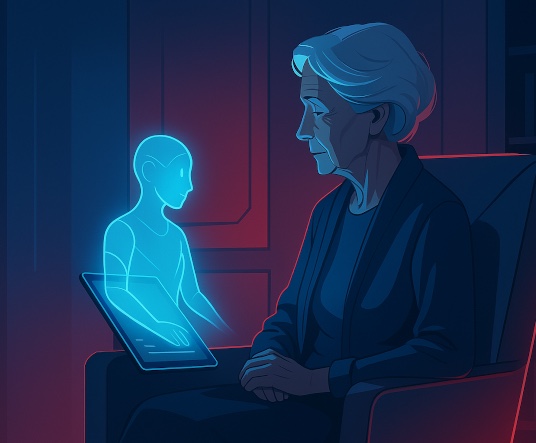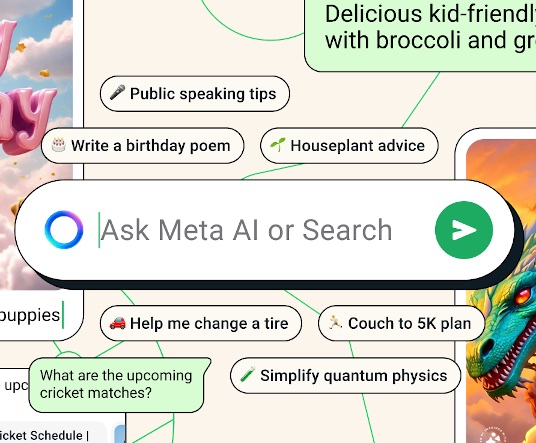Adapting to AI: What we can learn from history
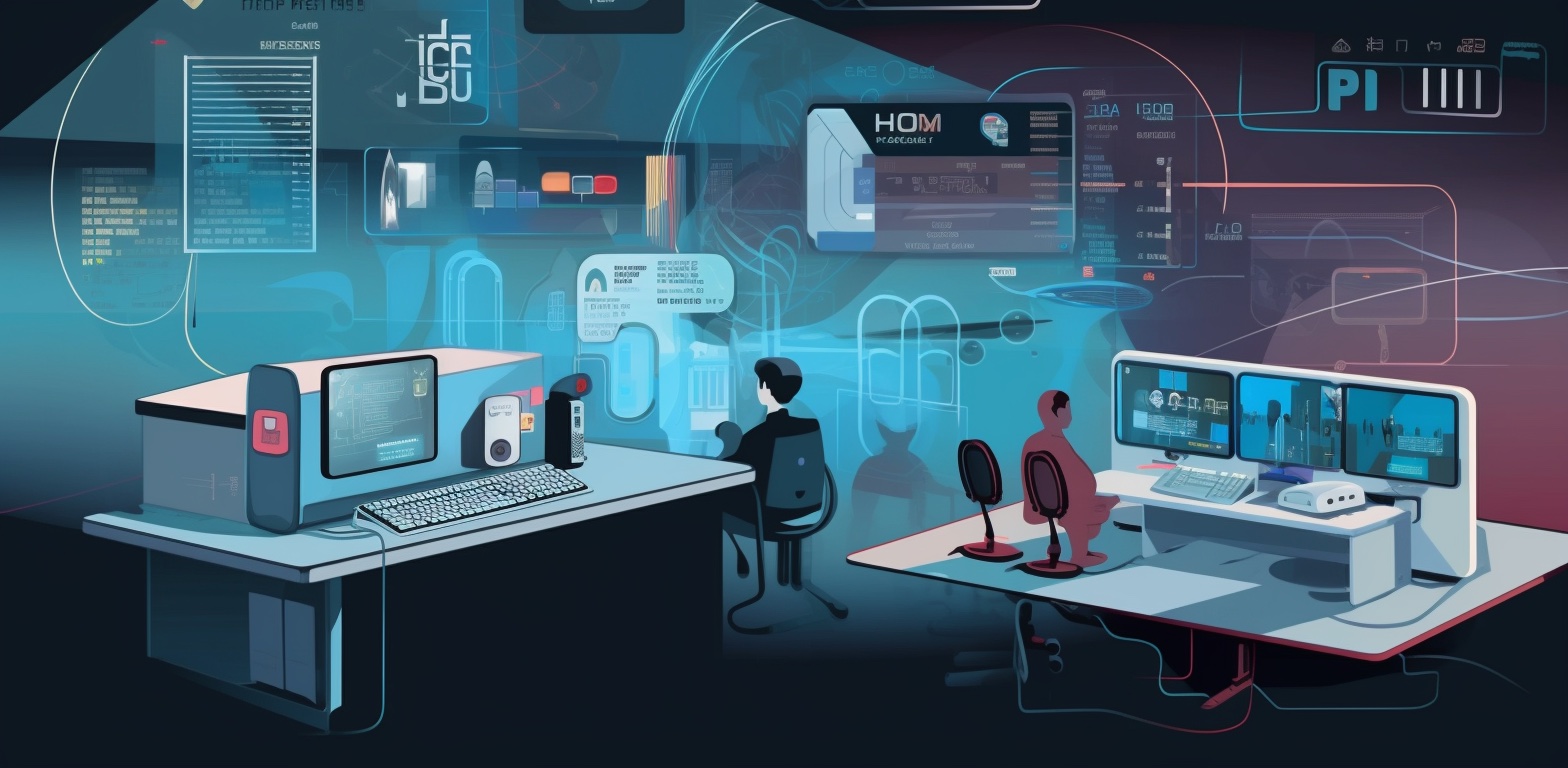
Inevitable upcoming changes
People were always afraid of new technologies. Throughout history, technophobia has been fueled by a lack of understanding or misinformation, alarmist media coverage, and dystopian works of fiction.[1] And yet, once people would begin to understand the benefits and limitations of many technologies in the past, they would usually become more accepting and willing to use it in their daily lives.
Of course, there’s now a great deal of buzz surrounding artificial intelligence and its impact on various industries; the design field is not an exception to this, as it has already seen some actual or potential implementations of AI which hint at the very real possibility of significant changes to the way designers work and the types of designs they create. The topic is obviously very divisive; on one hand, AI could prove to be an indispensable tool indeed. However, job security is a very sensitive aspect of this complex issue as well.
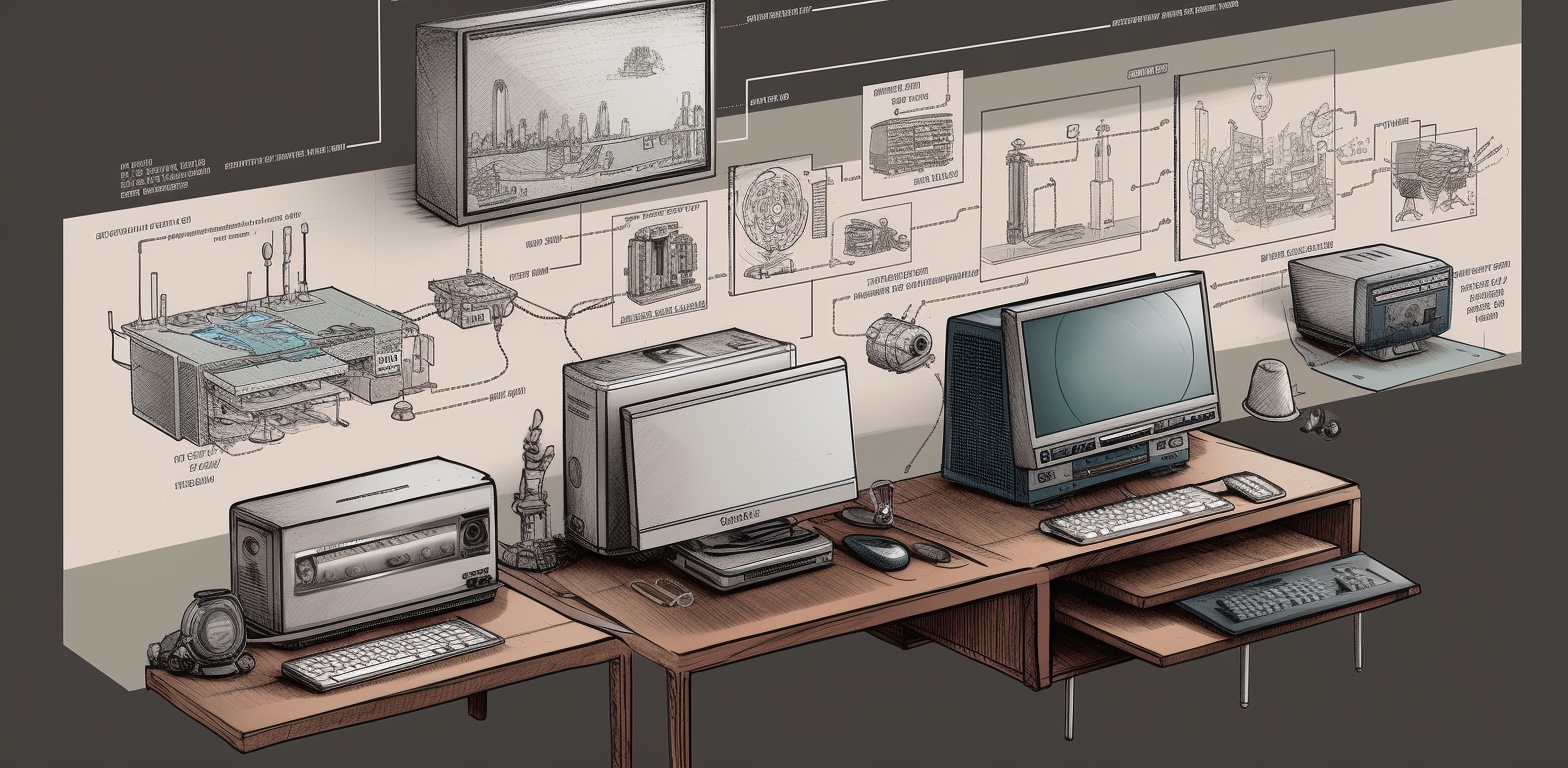
Economic progress colliding with social identity
From our modern point of view, the resistance to new technologies like mechanical farm equipment or recorded music might seem bonkers; but at the time, these innovations really were met with significant resistance.[2] The thing is, the fear in some instances wasn’t entirely unfounded. During the 1980s, computers became more integrated into workplaces—a significant transformation brought about by the at-scale introduction of the microprocessor. As expected, this resulted in pay increases for individuals working with computers, while those who did not have the necessary skills to operate computers were displaced. This “deskilling” of the wider labor force is a typical consequence thought to be essential for economic progress, as it leads to mechanization[1]—but also obviously makes people wary of similar repercussions today.
This is not a matter pertaining to IT in isolation; many fields have witnessed similar scenarios play out. Indeed, large-scale implementation of technological innovations often also makes people feel like they’re losing a piece of their identity or lifestyle. For perspective, agriculture had its share of strife regarding new technology with the introduction of innovative equipment. Tractors, as harbingers of expansive mechanization and horizontal integration of individual farms, induced aversion from those who saw them as disruptors of independence, freedom, and traditional values of family farming.[3]
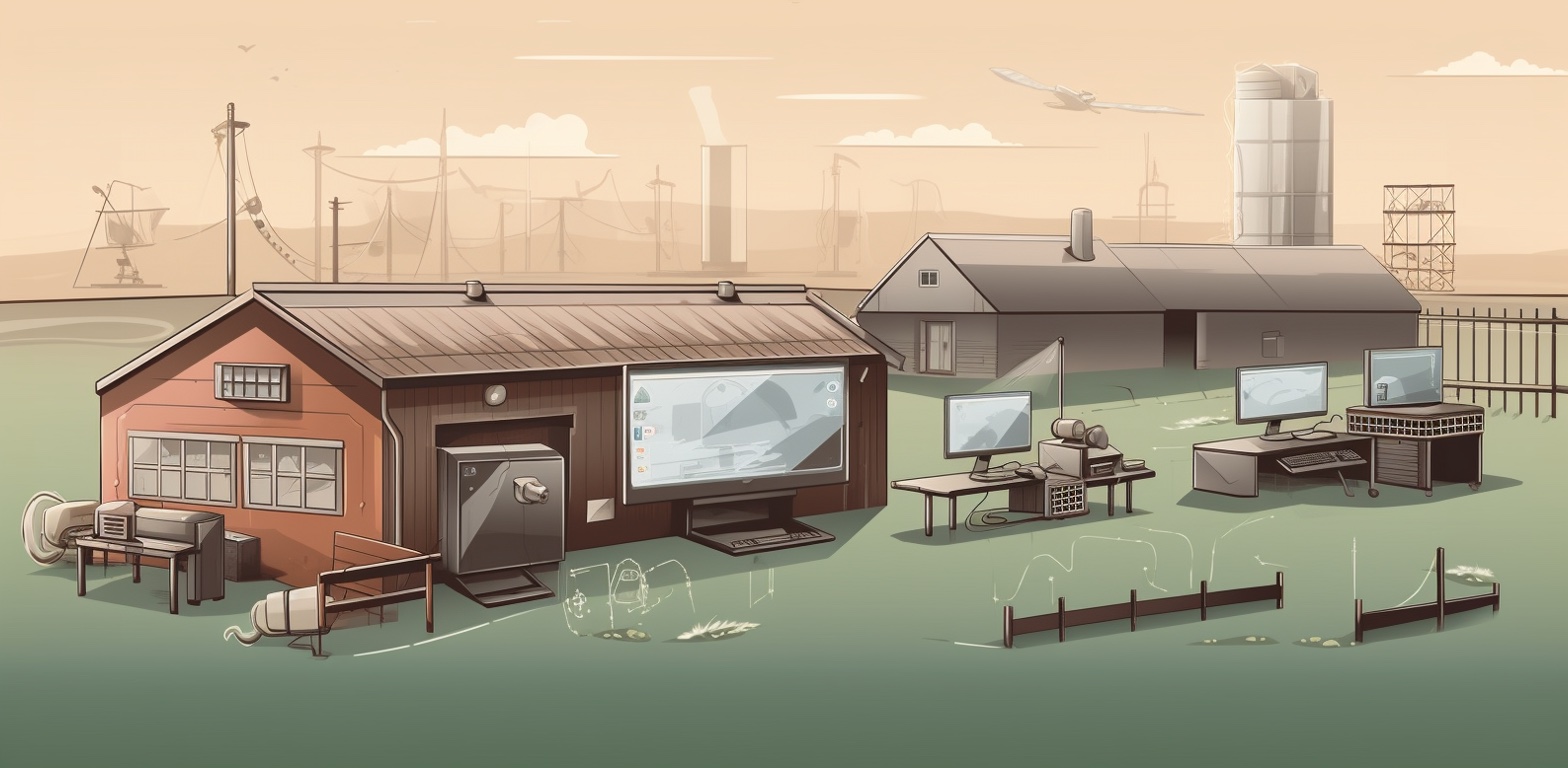
Adapting and evolving—the key to staying relevant
Perhaps the ability to adapt to new technologies is the key to our successful, collective evolution. Short of certain economic circumstances or difficulties that are out of an individual’s immediate control, historically, those who were adaptable, open-minded, and willing to learn and embrace new tools and techniques (provided that they had the means) were usually better equipped to succeed. Using farmers as an example again—not all were dismissive of mechanization, as there were many who thought the future prospects of family farms were rather bleak, and their rigid, traditional structure limited in possibilities for development.[3] So, they adapted.
And if you’re in the IT sphere, you must already know the importance of being adaptable to stay relevant. Being prepared to learn and work with new tools, methods and frameworks on the regular is a must to keep ahead of the curve, as continually expanding one’s knowledge and skills makes one more valuable and employable. Developing specialized skills while maintaining a broad, generalist perspective makes one a specialized or T-shaped generalist; for instance, a UX or UI designer broadening their area of proficiency to include business to adapt to the role of a product designer. And now, since the design field is on the track to experience a significant degree of transformation due to AI, it pays to consider including AI-related skills in one’s range of proficiencies.
Supervising AI through the changing landscape
It really is no wonder that AI is currently the talk of the town, and ruminating about change and how it will impact us is something we’re all, understandably, doing. However, if we can learn anything from examples of technophobia in the past, it’s that focusing solely on the unfavorable possibilities is a pitfall we should strive to avoid. It’s not a productive use of our time and energy. Instead, we could focus on thoroughly understanding the potential impact of AI on the industry and prepare ourselves to adapt to the changing landscape. Sure, AI will automate and probably take over certain tasks, but it will also most certainly create some new openings and opportunities that will make use of certain human skills.
Think about it: AI won’t be able to work independently for quite some time, if ever. The tendency to make mistakes is a very human-like quality that the AI currently possesses. Just as humans make mistakes, AI systems are not infallible, and they would need to be continually monitored and supervised. Even if the systems achieve complete independence or autoregulation at some point in the future, every transition along the way will require supervisors to ensure that the technology is performing as expected.
We should strive to be adaptable and embrace new technologies. Understand how they can be incorporated into your work. Developing a skillset around these innovations might set you apart from those in your field who are lagging in this regard.
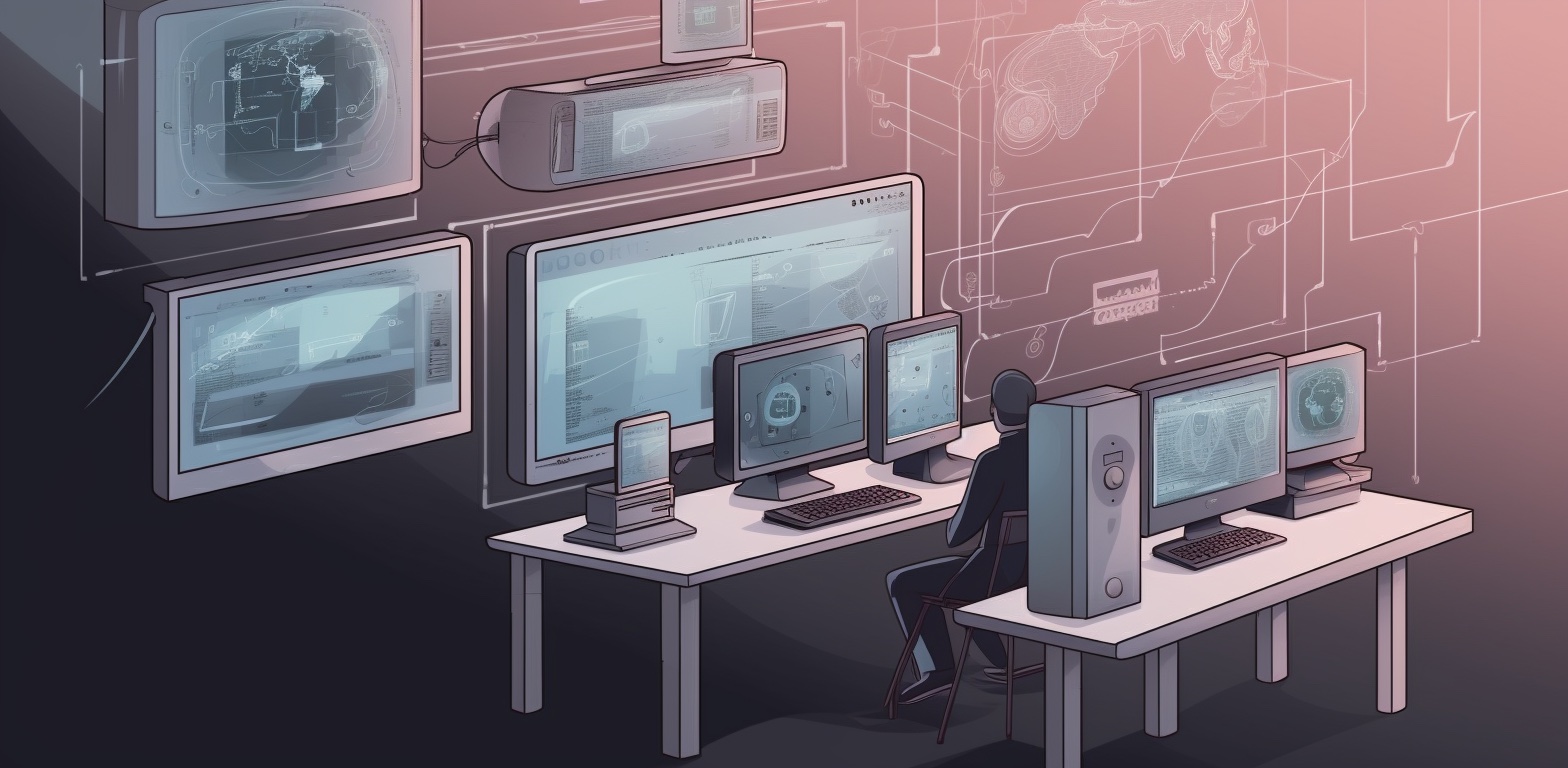
AI-centric roles as a future possibility
No matter if these technologies are not yet up to par (and AI currently really isn’t), use them to improve and learn. Experiment with them to find more ways to streamline your work processes, increase your efficiency, enhance your creativity, and gain new insights and perspectives. As they advance, supervise them. Just as a junior designer needs supervising, so will AI. At some point, we might all be in a position to act as micro-CEOs or managers to AI; we would direct it to perform certain tasks, correct it when it inevitably makes mistakes, supplement it with our own knowledge and expertise. Basically, we will use the knowledge we gained doing “manual work” and combine it with new technologies to our advantage. (Or, yeah, teach them how to replace us. Oh, the irony.)
But even though technology might nevertheless replace individual people in the end, regardless of their ability to adapt, some entirely new categories of jobs would certainly become increasingly prominent; these new roles regarding business and technology would involve training, explaining, and sustaining AI behavior, complementing the tasks performed by AI machines.[4] Positioning yourself at the forefront regarding integrating AI in the workflow in the near future will elevate your chances for one of these AI-centric jobs that might evolve one day.
Change is daunting. When it involves new technologies and ways of working, a certain level of apprehension is understandable and human. But progress and innovation are an inevitability of human nature as well. History has shown that it pays to stay at the top of innovation and be an early adopter. Take a leap of faith and—embrace the tractor.
Resources
[1] Davidson, Brittany I., et al. Avoiding Irrelevance: The Manifestation and Impacts of Technophobia in Psychological Science. PsyArXiv, 7 Oct. 2019. Web.
[2] Humans once opposed coffee and refrigeration. Here’s why we often hate new stuff. by Steven Overly (2016)
[3] Jansen, A.J. (1969), Social Implications Of Farm Mechanization: Final Report On A Cross-National Research. Sociologia Ruralis, 9: 340-407. https://doi.org/10.1111/j.1467-9523.1969.tb00626.x
[4] Human + Machine: Reimagining Work in the Age of AI by Paul R. Daugherty and H. James Wilson (2018)

